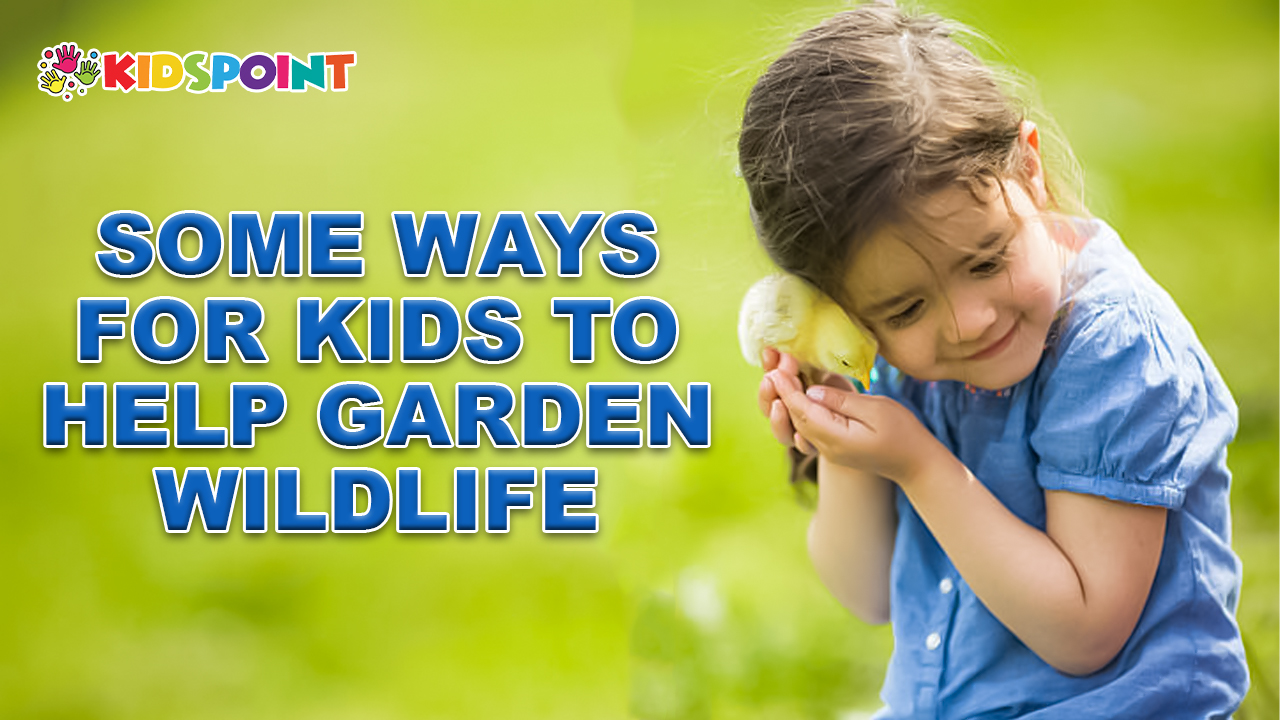At The Kids Point, we believe it’s never too early to instill a love for nature and a sense of responsibility towards our planet. Engaging in activities that benefit wildlife is a fantastic way to achieve this, and what better place to start than your own backyard garden?
Here at The Kids Point, we believe that every child has the potential to make a difference in the world. That’s why we’re committed to providing resources and inspiration to help kids connect with nature. Here are some fun and engaging ways kids can help garden wildlife:
Plant a Wildlife Oasis
- Native Plants: Choose native plants that are familiar to and provide food and shelter for local wildlife. Research native plants in your area and create a diverse ecosystem that attracts a variety of creatures. Native plants are also well-adapted to the local climate and require less maintenance, making them a sustainable choice for families.
- Wildflower Meadow: Dedicate a portion of your garden to a wildflower meadow. Not only will this provide a stunning display of color and attract butterflies, bees, and other pollinators, but it will also give children a chance to observe the delicate beauty of these flowers.
- Herbs and Vegetables: Growing herbs and vegetables can be a rewarding experience for children, and it can also attract beneficial insects like ladybugs that help control pests. Encourage kids to plant herbs like dill, fennel, and parsley, and vegetables like lettuce, tomatoes, and cucumbers.
Build Homes for Wildlife
- Birdhouses and Nesting Boxes: Provide nesting boxes for birds in your garden. Design and build them together as a fun family project, and choose appropriate sizes depending on the types of birds you want to attract.
- Bug Hotels: Build a bug hotel using natural materials like sticks, leaves, and bark. This will provide shelter for insects like ladybugs, butterflies, and beetles, which are crucial for pollinating plants and controlling pests.
- Leaf Piles and Brush Piles: Leave piles of leaves and brush in a corner of your garden. These provide important habitat for small mammals, amphibians, and reptiles.
Provide Food and Water
- Bird Feeders and Birdbaths: Install bird feeders and birdbaths in your garden. Fill the feeders with a variety of seeds and nuts, and keep the birdbaths clean and filled with fresh water. Observing the different types of birds that visit can be a fascinating experience for children.
- Bee Watering Stations: Bees need water just like we do. Create a bee watering station by filling a shallow dish with water and adding some pebbles. The bees will be able to land on the pebbles and drink the water safely.
- Fruit Trees and Berries: Plant fruit trees and berry bushes in your garden. This will provide a delicious food source for birds and other wildlife, and it will also teach children about the importance of fruit and healthy eating.
Observe and Learn
- Nature Journaling: Encourage children to keep a nature journal. They can use it to record their observations of wildlife in the garden, including drawings, notes, and sketches. This is a great way to promote curiosity, observation skills, and a love for nature.
- Bug Hunts and Scavenger Hunts: Organize fun bug hunts and scavenger hunts in your garden. Children can learn about different types of insects and other creatures while having a great time exploring their surroundings.
- Citizen Science Projects: There are many citizen science projects that kids can participate in from the comfort of their own backyard. These projects allow them to contribute valuable data to scientific research while learning about wildlife conservation.
Additional Tips
- Minimize Pesticides: Avoid using harsh pesticides in your garden. These chemicals can be harmful to wildlife and beneficial insects. Opt for natural pest control methods instead, such as handpicking pests or using organic sprays.
- Reduce Light Pollution: Turn off outdoor lights at night to minimize light pollution. This will help nocturnal wildlife, such as owls and bats, to thrive.
- Create a Wildlife Corridor: If you have a large garden, consider creating a wildlife corridor. This can be done by planting a line of trees and shrubs that connect your garden to other green spaces. This will allow wildlife to move freely and safely between habitats.
Helping garden wildlife is a rewarding and educational experience for kids of all ages. By creating a welcoming environment for wildlife in your backyard, you can teach your children valuable lessons about conservation, responsibility, and the interconnectedness of all living things.
At The Kids Point, we are passionate about providing children with the resources they need to learn, grow, and thrive.


